Christmas Day, 1941. The War, until 3 weeks ago, was someplace else and happening to other people. Now, it is here; and scarcely any family, any person, will be unaffected. The nation’s railroads will bear an incredibly heavy burden transporting the men, machines, and materiel necessary to fight and win a global two-ocean war. The only tools available to manage this vast, complex enterprise are the telephone/telegraph, kerosene lanterns, the Rulebook, the Timetable, and the discipline and skill of experienced railroad men.
The PRR Williamsport Division dispatcher has probably had anything but a quiet Christmas. Burgeoning wartime traffic is indifferent to the holidays, and the mostly single-track Elmira Branch is “dark territory”, meaning trains are run under timetable and train-order authority, rather than centrally-controlled signals. Add in extra trackage-rights trains off the SNY, and the southern end of the Branch is quite busy on this Christmas afternoon:
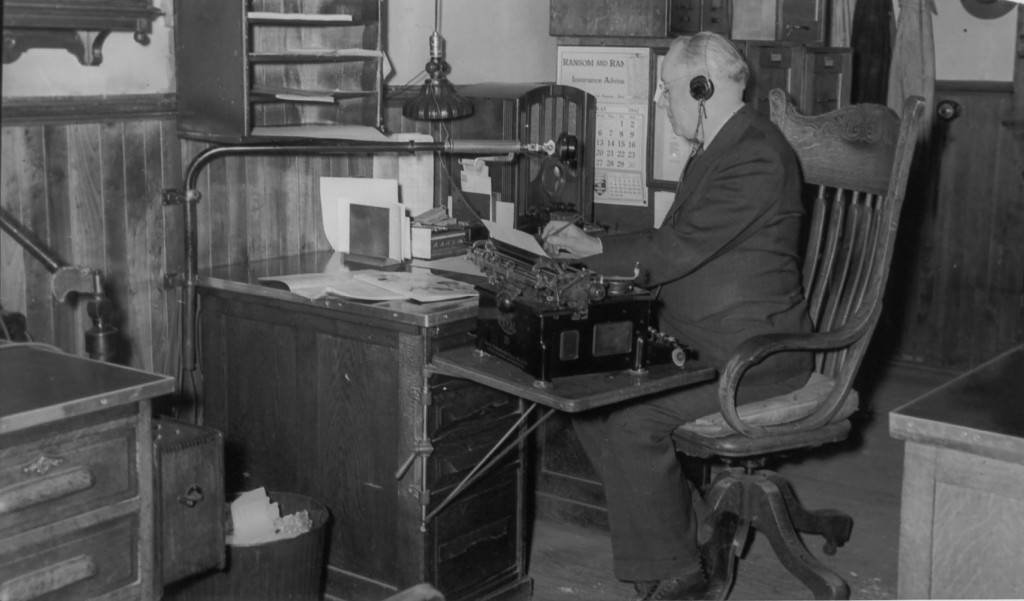
Bill Caloroso – Cal’s Classics
Trout Run, Pennsylvania is a small community tucked into the Lycoming Creek valley north of Williamsport. At Trout Run, the north central Pennsylvania mountains start to close in, glowering over the progressively narrowing Lycoming Creek valley. The valley walls are steep, and evening sets in quickly on winter afternoons. According to weather records from the airport at Montoursville, PA., on December 25, 1941 the temperature was in the mid to low 30’s. The temp had been dropping over the previous days from a high of 55 on December 23.
We can imagine moving from the warmth of the Trout Run depot out onto the platform next to the tracks, cinders crunching softly underfoot. It would be very nearly dark, the deep twilight punctuated here and there by glimmers of oil lamps in the nearby homes and farmsteads, and the glow of the kerosene lights illuminating the railroad switchstands and the depot train-order board. No signs of people about in the darkening yards and fields, it is Christmas Day after all, and folks are snugly indoors enjoying their holiday meal while pushing thoughts of the War aside for a few hours. We might turn up our collar against the cold wind gusting down the narrow valley, and strain our ears for a distant whistle echoing off the high mountainsides…
Railroad men remain on duty, though, and 13 miles to the south, the Williamsport Division dispatcher dictates an order to the towerman at Newberry Junction:
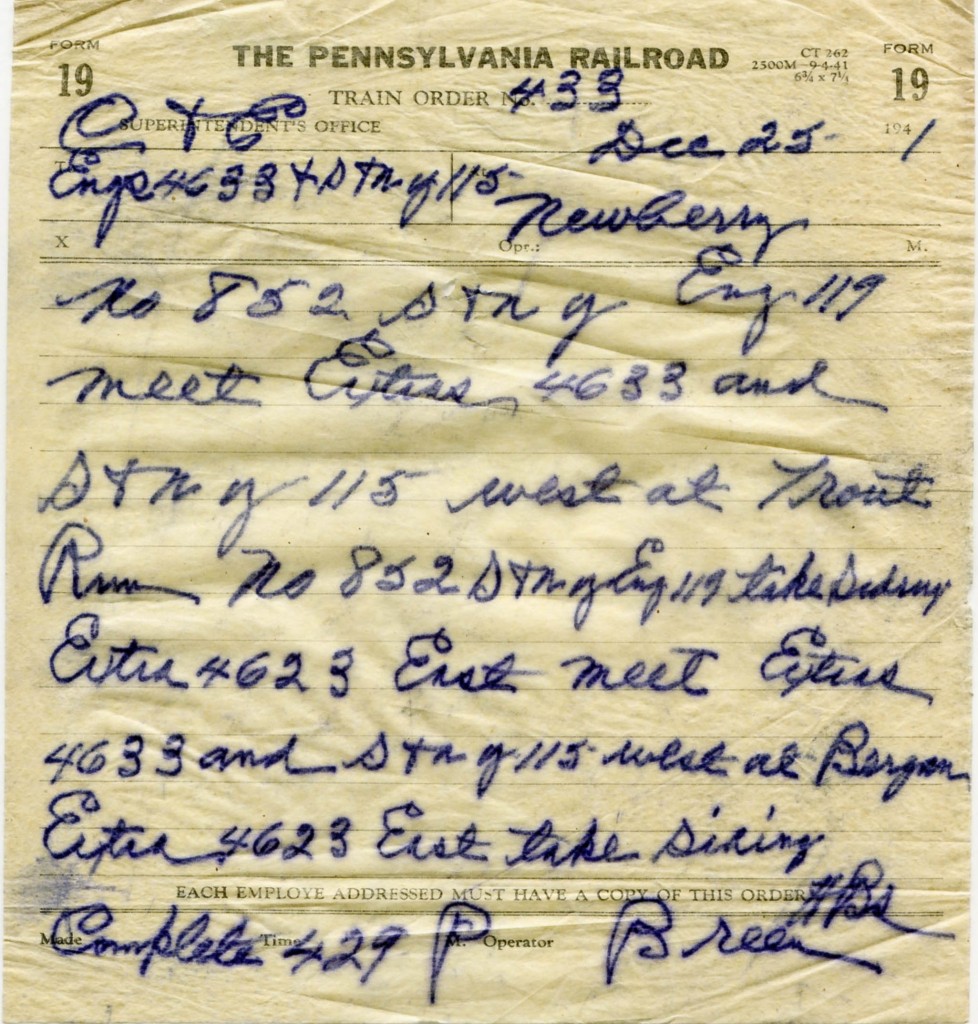
Author’s Collection
TRAIN ORDER 433
DEC 25 1941
TO: (C)onductor and (E)ngineer ENGINES PRR 4633 AND SNY 115 AT NEWBERRY
TRAIN NO. 852 SNY ENGINE 119 MEET EXTRAS 4633 AND SNY 115 WEST AT TROUT RUN
NO. 852 SNY ENGINE 119 TAKE SIDING
EXTRA 4623 EAST MEET EXTRAS 4633 AND SNY 115 WEST AT BERGAN
EXTRA 4623 EAST TAKE SIDING
MADE COMPLETE 429PM
From this faded piece of tissue paper, we can see that in the space of an hour or so just at dark, 4 trains will pass the Trout Run station. The first is probably the last one mentioned in the train order, PRR Extra 4623 East. PRR engine 4623 was an I1sa 2-10-0 locomotive, and likely leads a “diker” hauling a solid train of coal hoppers north to Elmira. Per J.W. Orr’s book “Set Up Running”, the PRR men on the division referred to these coal trains originating from the mines near Altoona and Tyrone as “dikers”, as they took the northbound(railroad timetable east) route up the Elmira Branch over the dike along Lycoming Creek at Newberry, rather than heading east and south to Harrisburg and Enola yard. Extra 4623 East will thunder by Trout Run without stopping, the locomotive digging in to the increasing grade; en route to a meet at Bergan tower near the SNY yard at Marsh Hill with PRR Extra 4633 West and Extra SNY 115 West. PRR Extra 4623 East will be followed shortly by SNY #119 running as scheduled PRR train No. 852, heading north (railroad timetable east) up the Branch to Marsh Hill.
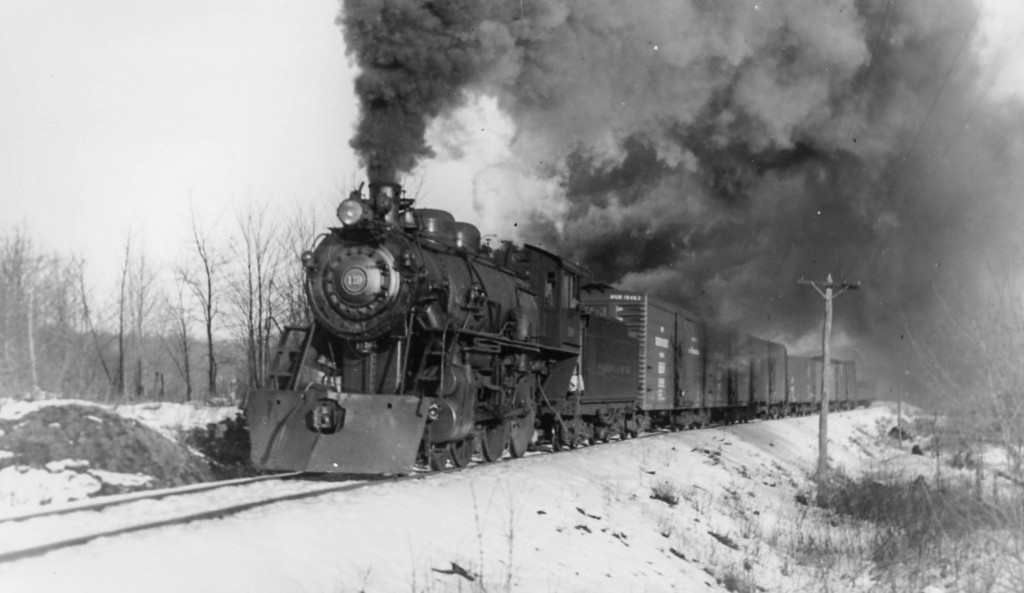
Bill Caloroso – Cal’s Classics
A few minutes later, train 852 will take the siding at Trout Run, and wait for two westbound trains coming down the Branch. The first, PRR Extra 4633 West, is lead by PRR engine #4633, an I1sa 2-10-0 locomotive, likely a train of empty hoppers headed back to the mines around Tyrone, PA. The second is an SNY extra train lead by #115, headed for the SNY yard at Newberry, probably mixed freight for interchange to the Reading and NYC. These westbound extras will first meet the aforementioned Extra 4623 East at Bergan, before heading in turn down the Branch for their subsequent meets with No. 852 at Trout Run.
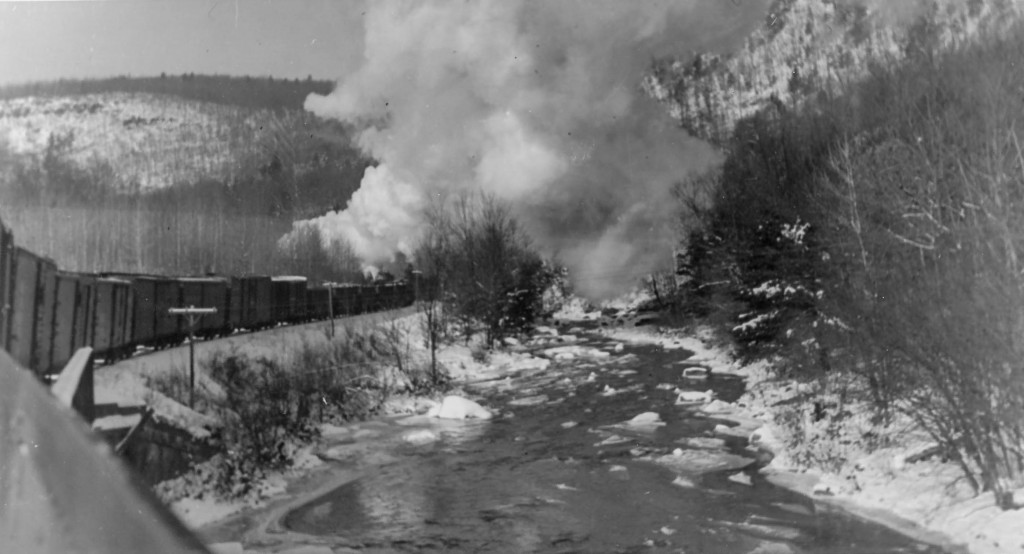
Bill Caloroso – Cal’s Classics
A lot of information from a scrap of paper, yet the railroads relied on these scraps to move trains efficiently and safely. Even more importantly, men’s lives depended on their accurate interpretation and timely obedience.
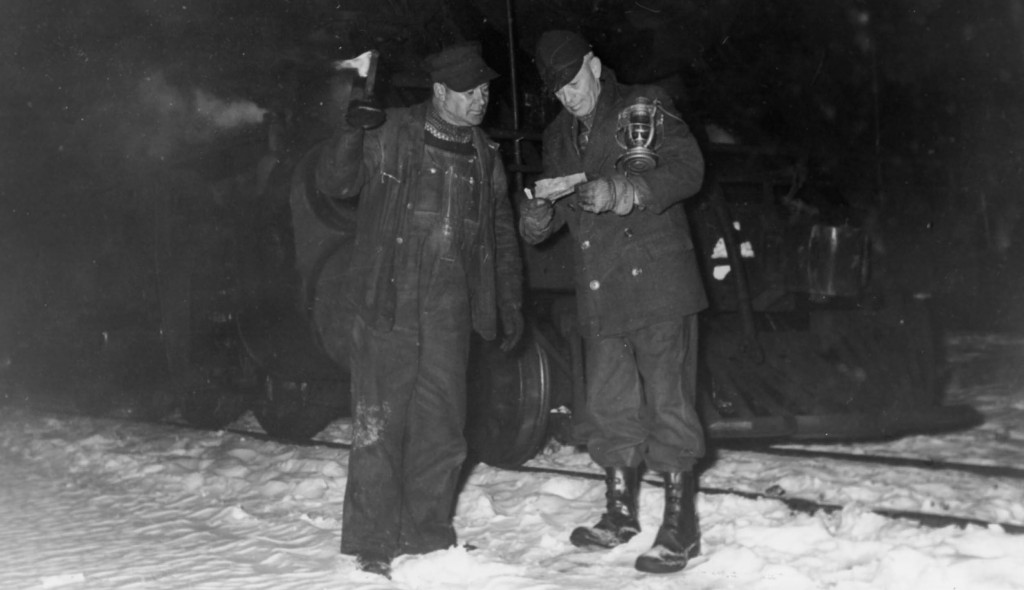
Bill Caloroso – Cal’s Classics
How lucky such a small scrap would survive all these years, and allow us to open a small window into the past…
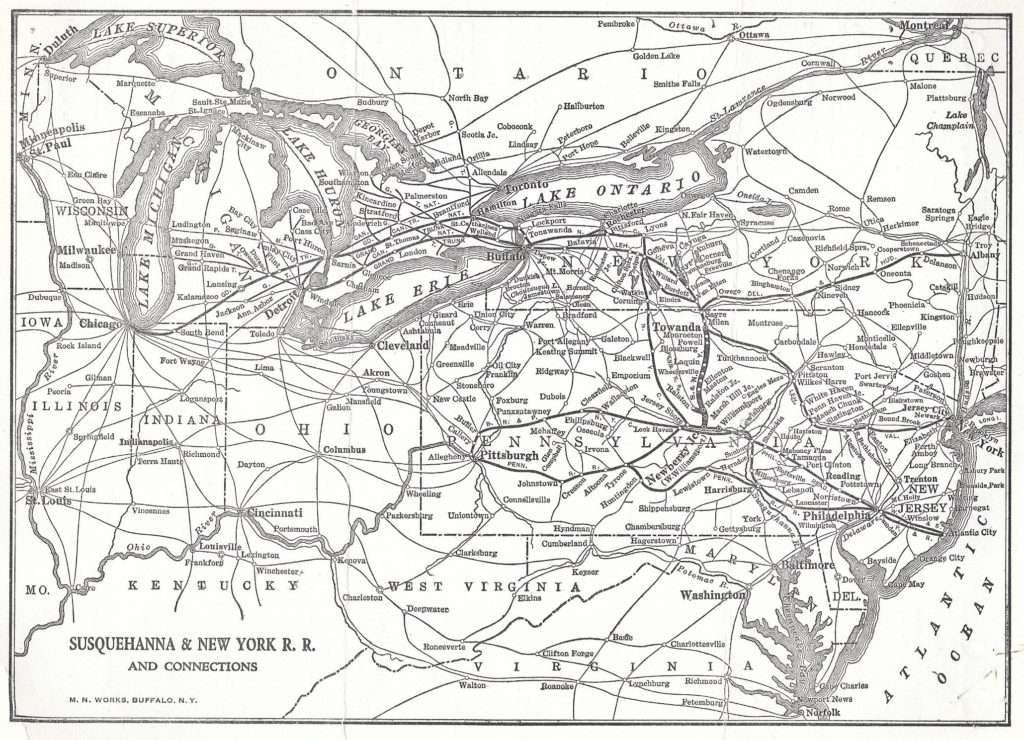
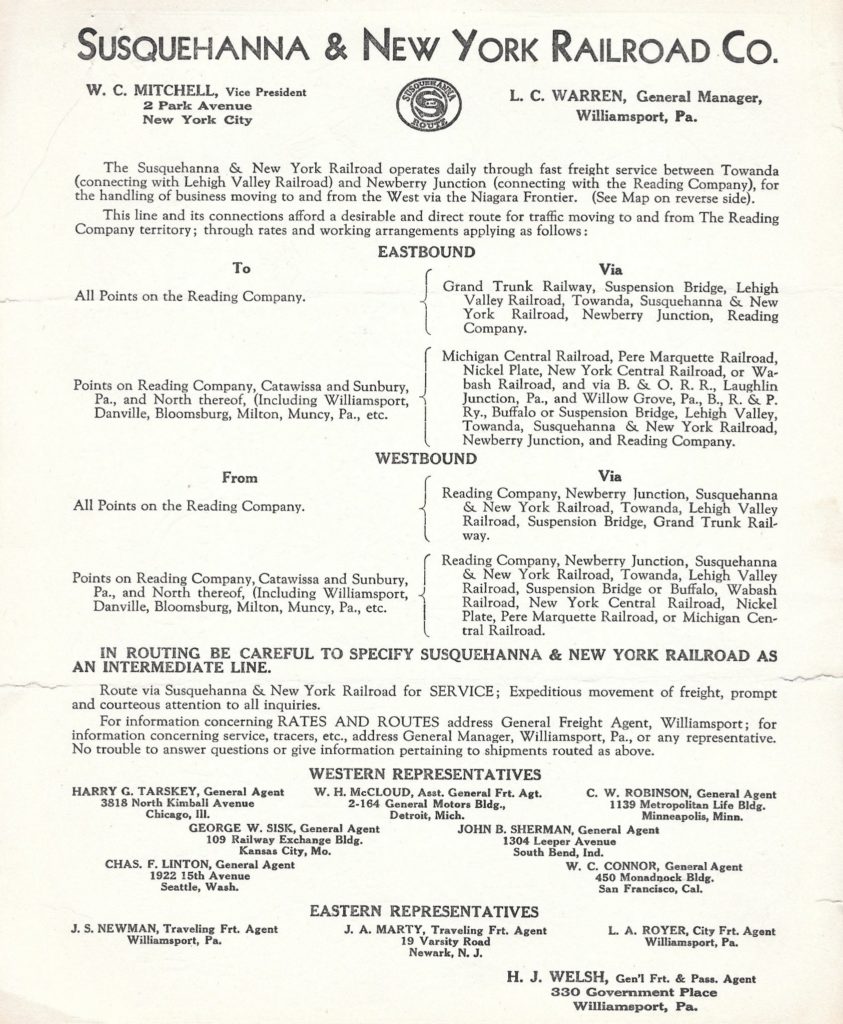
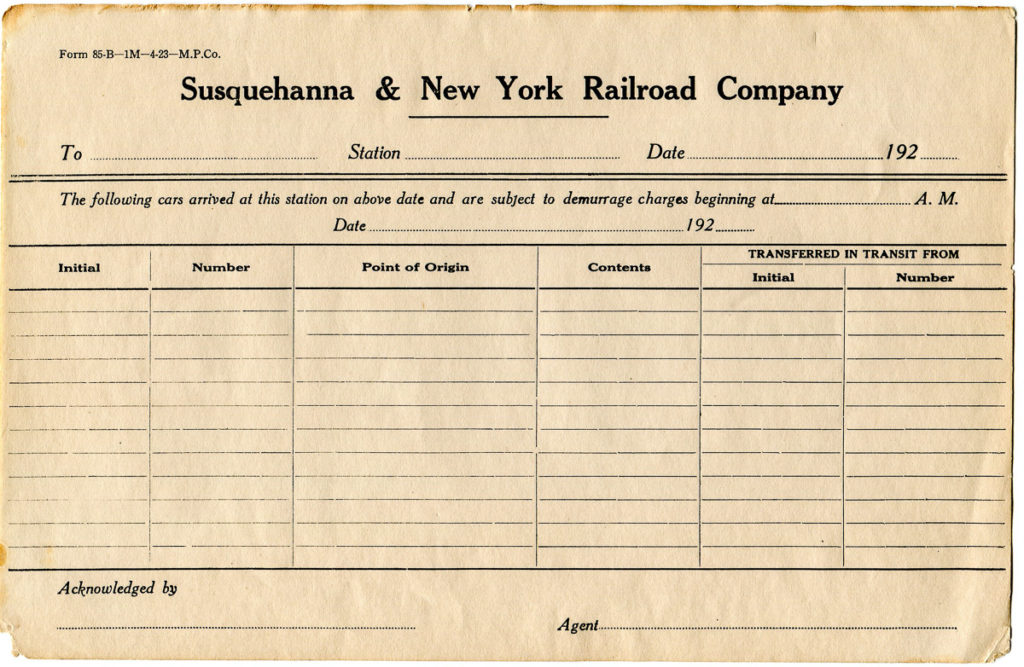
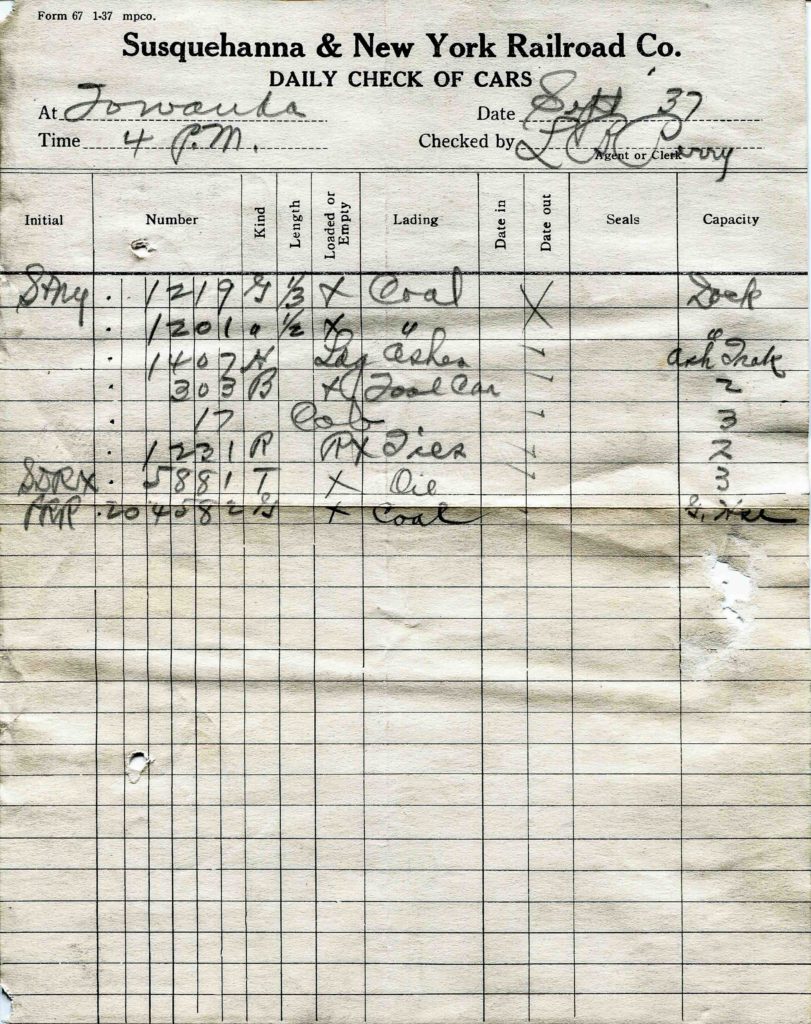
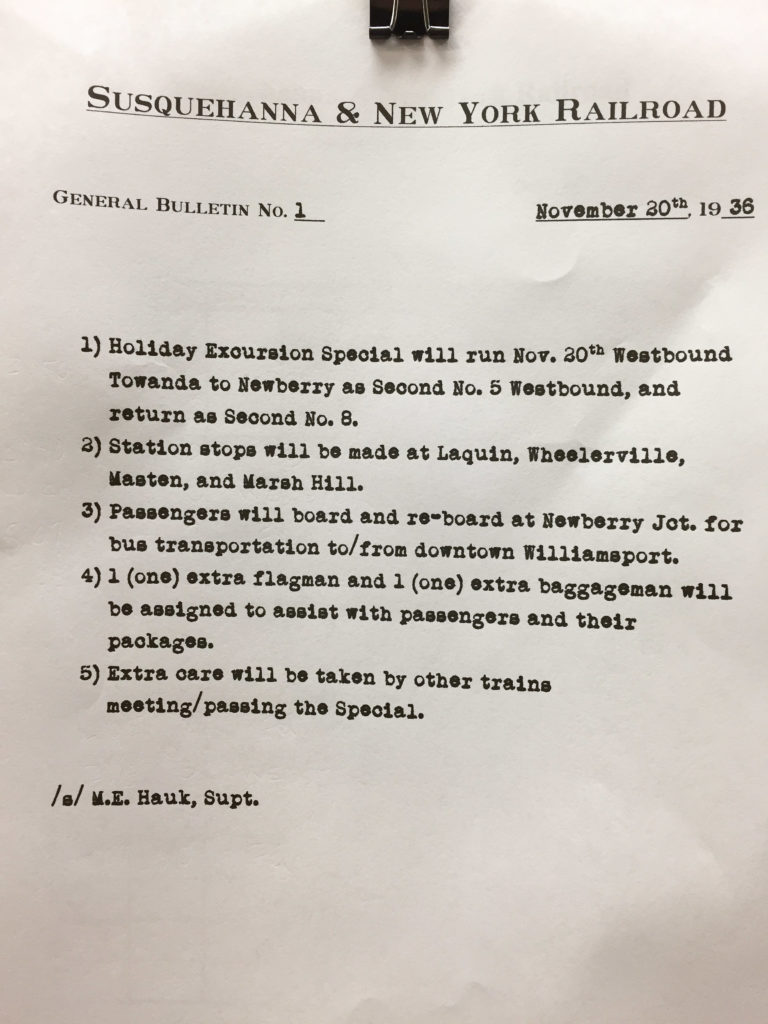
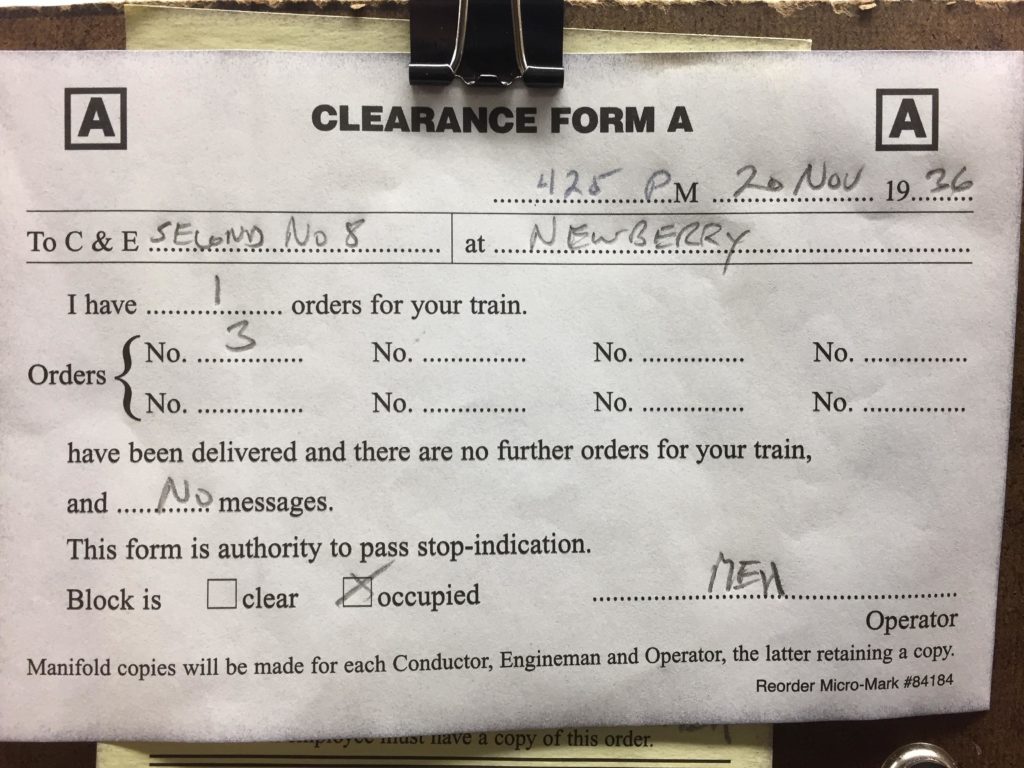
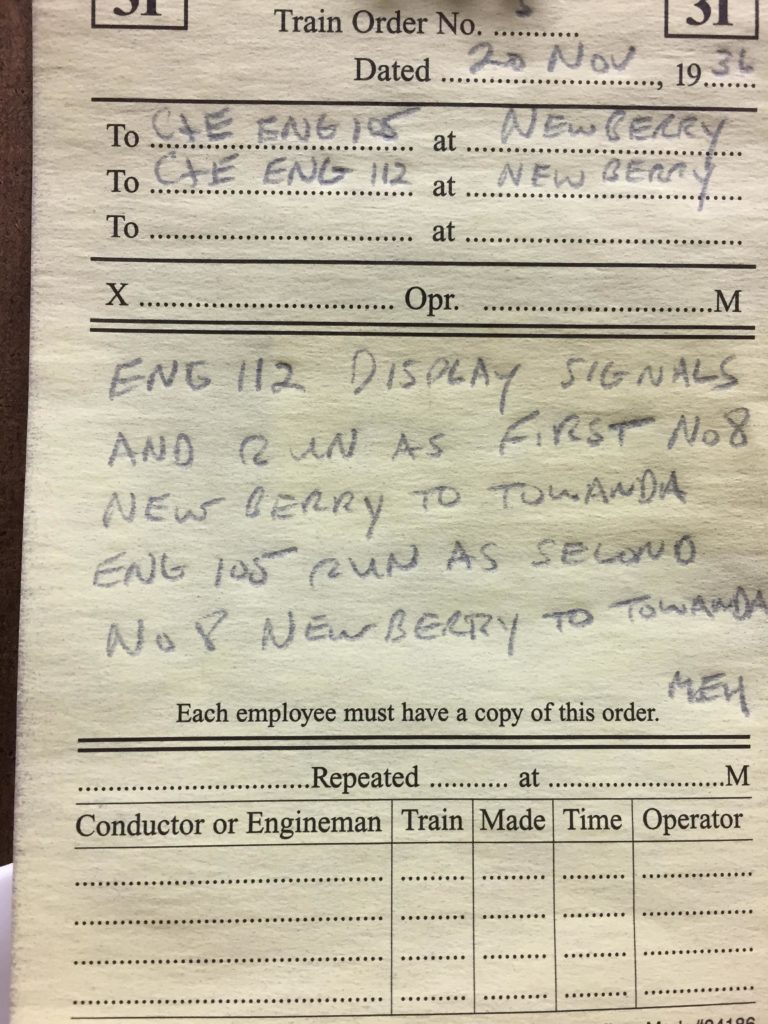
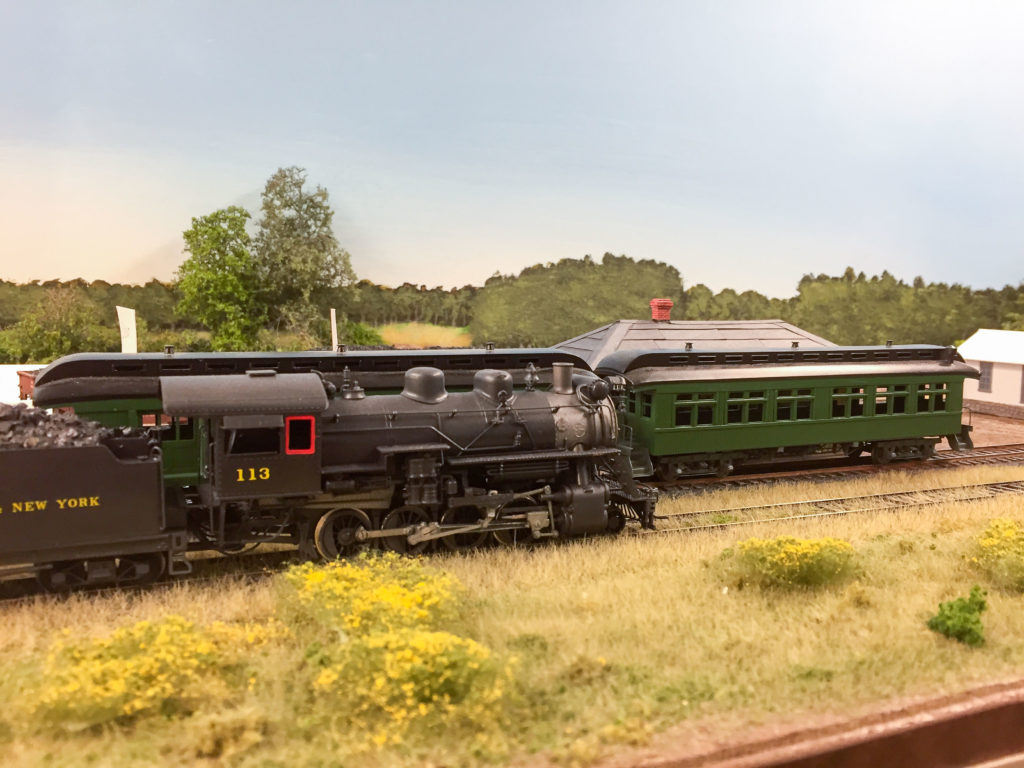
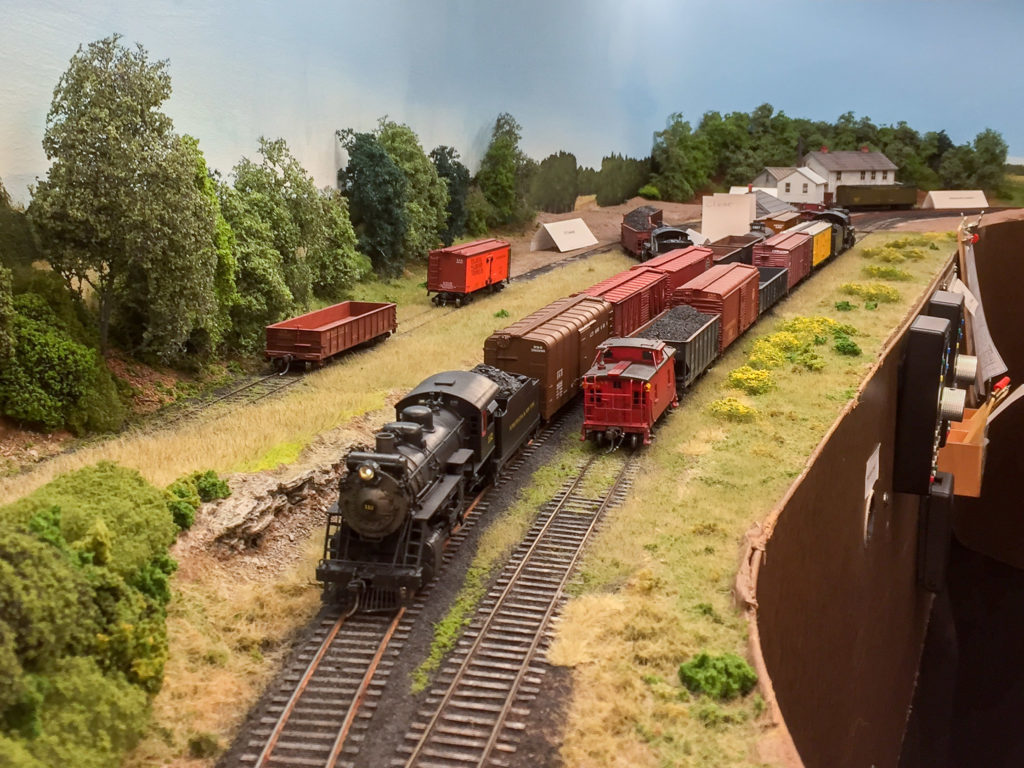
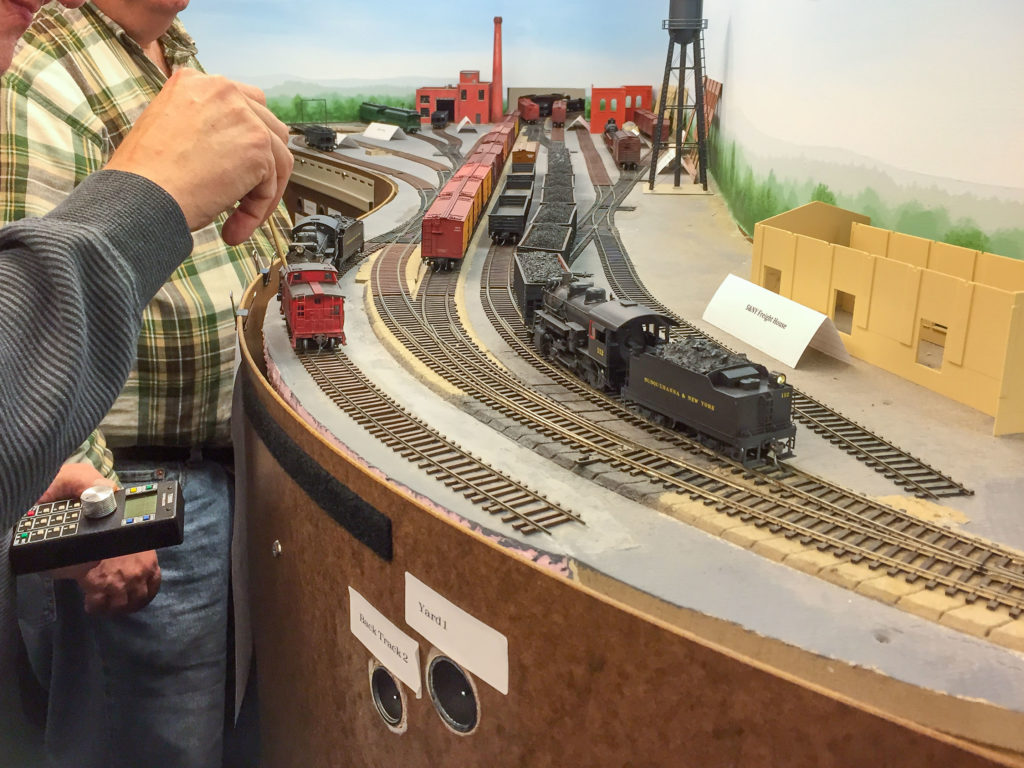
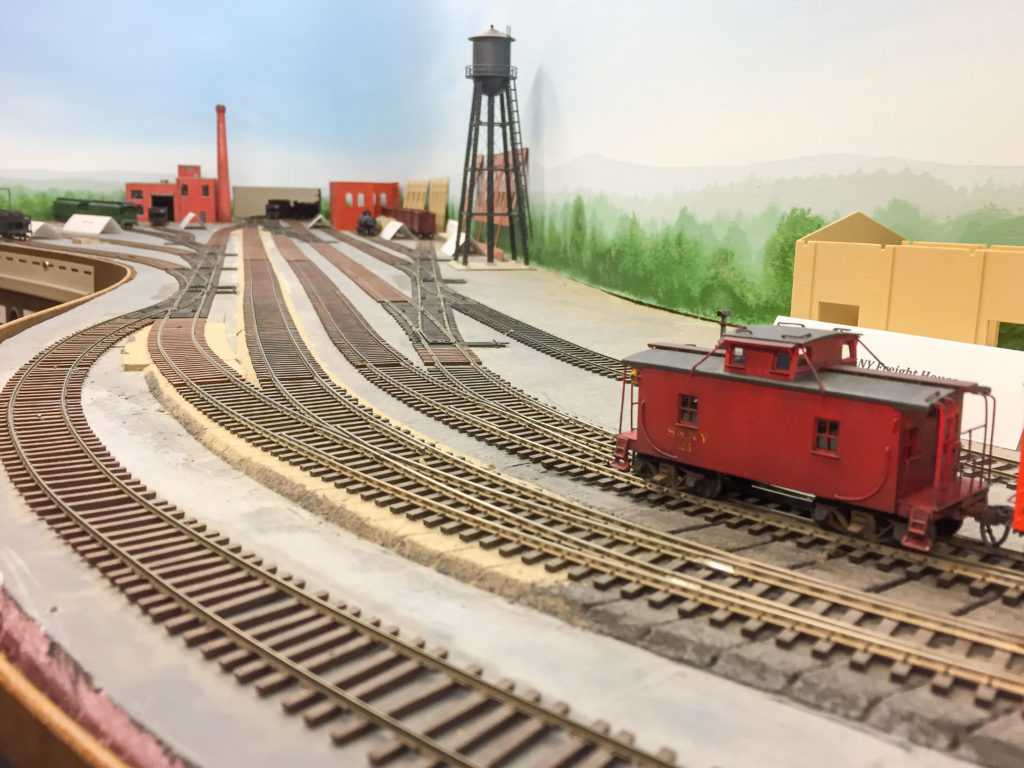
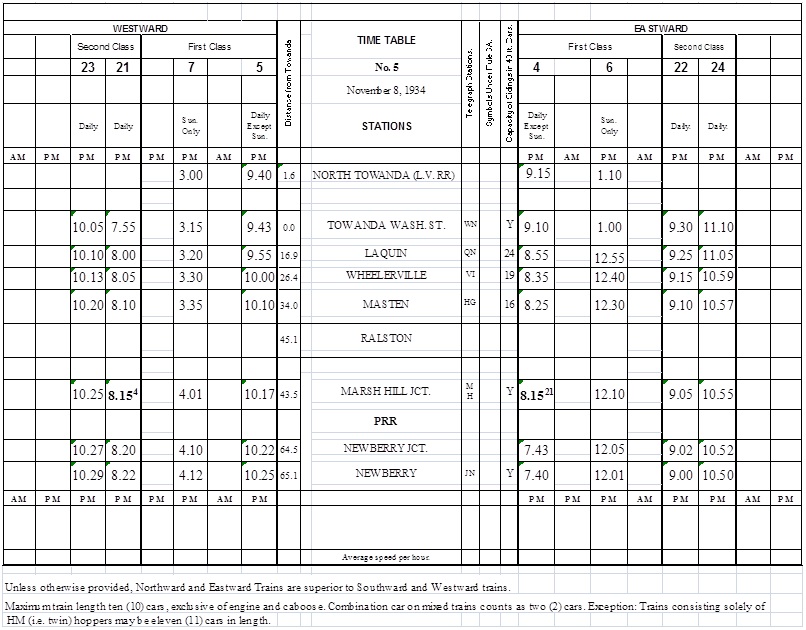
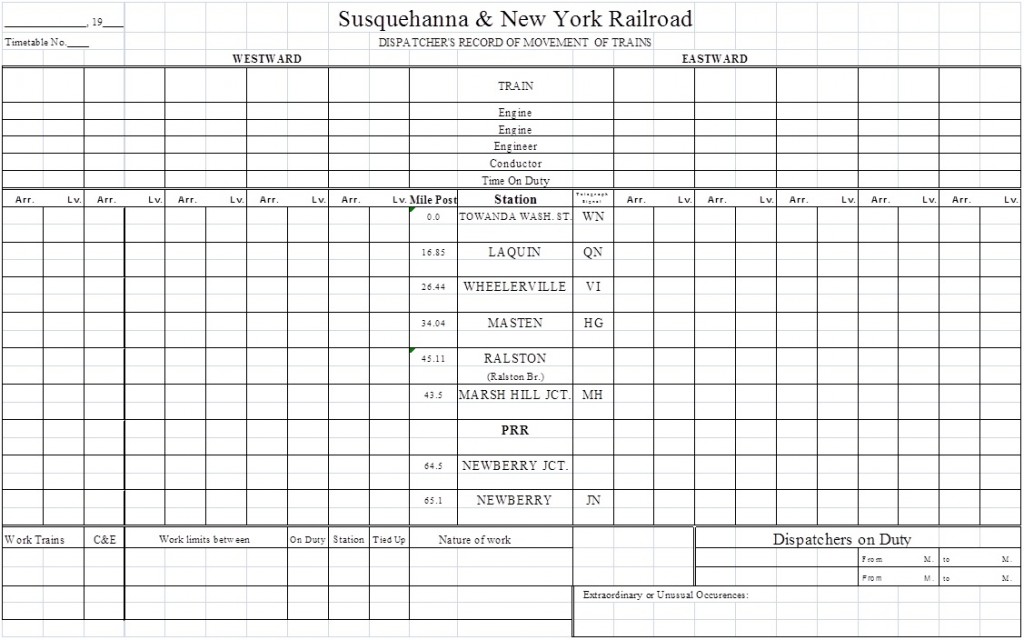
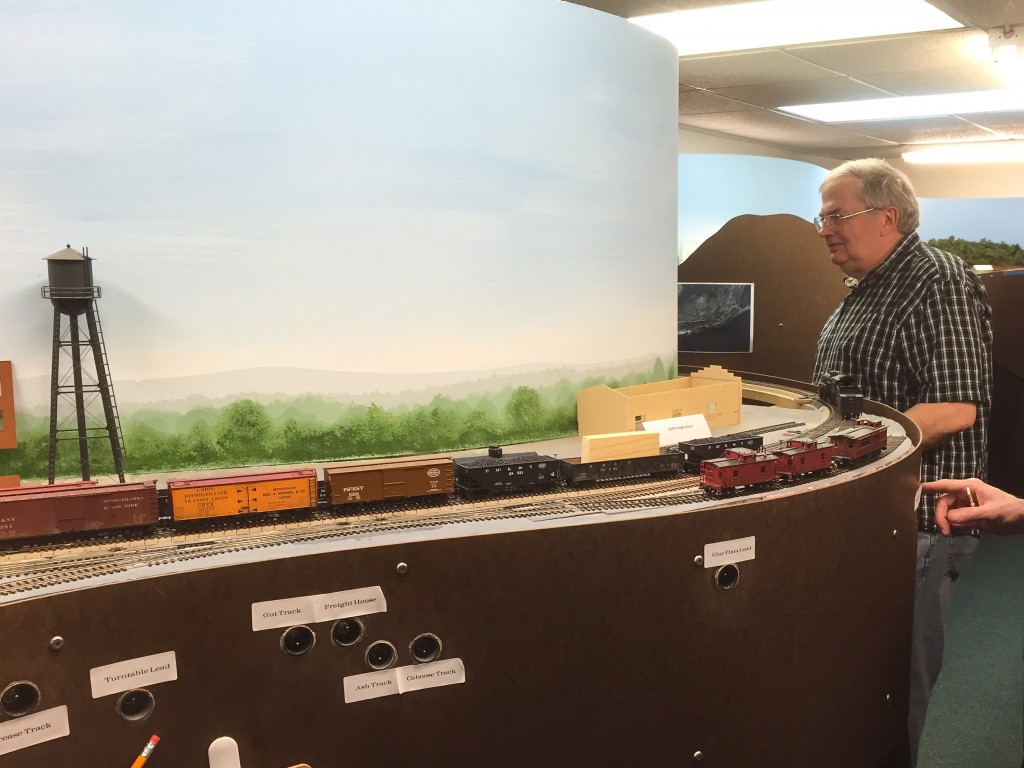
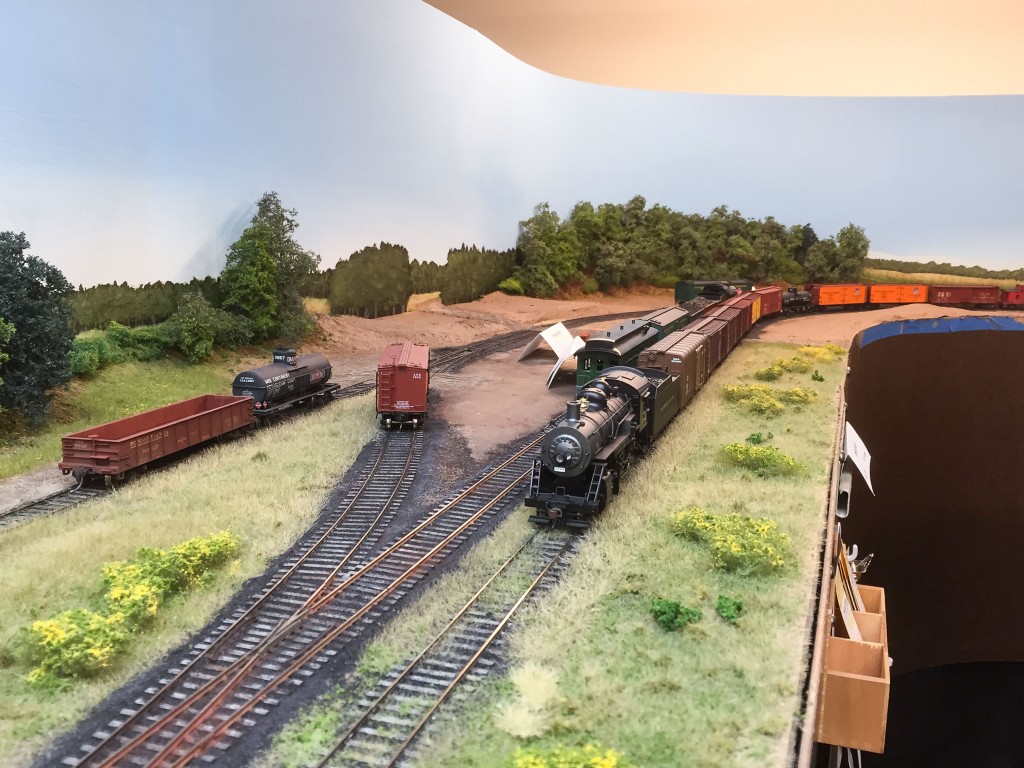
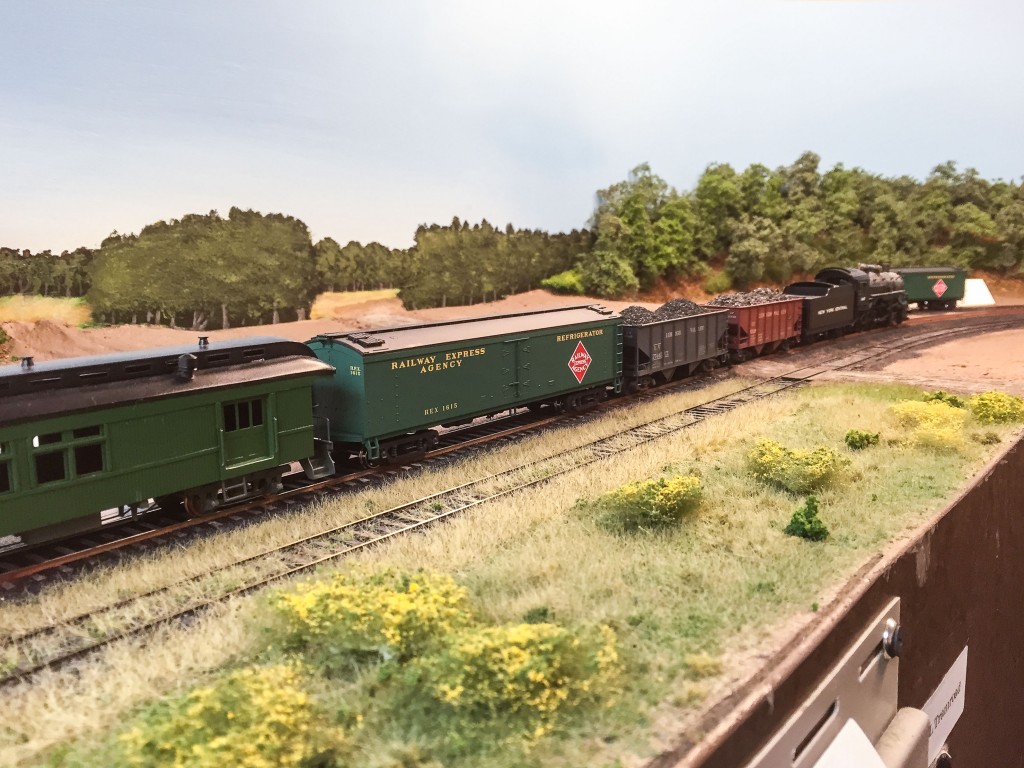
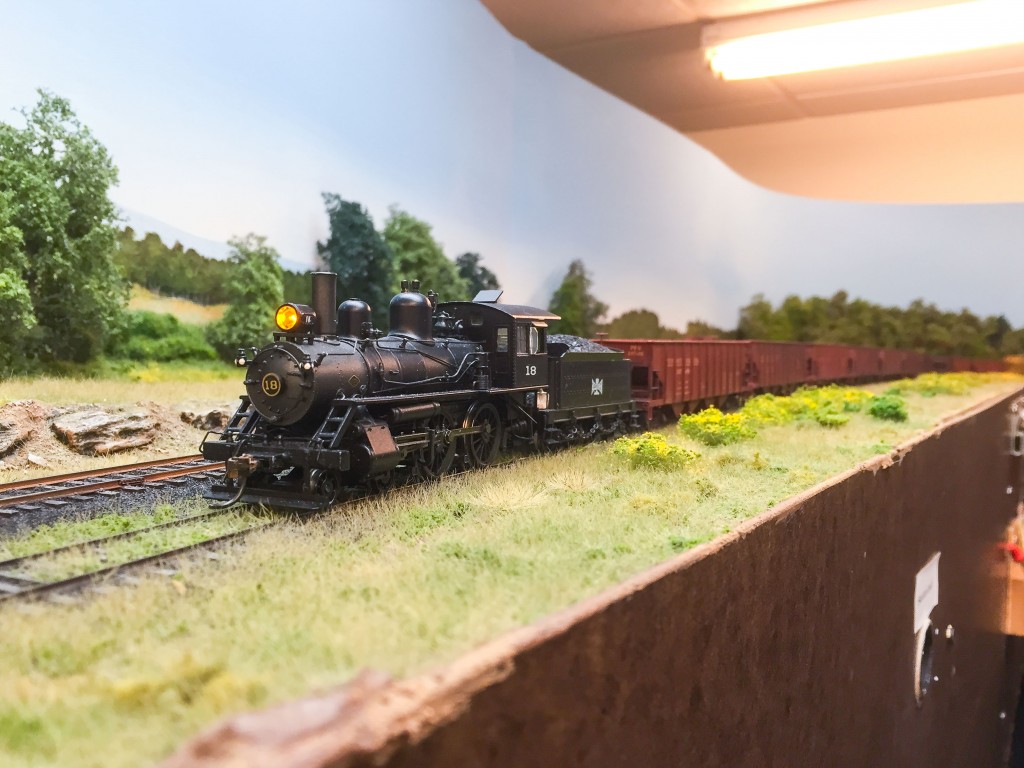





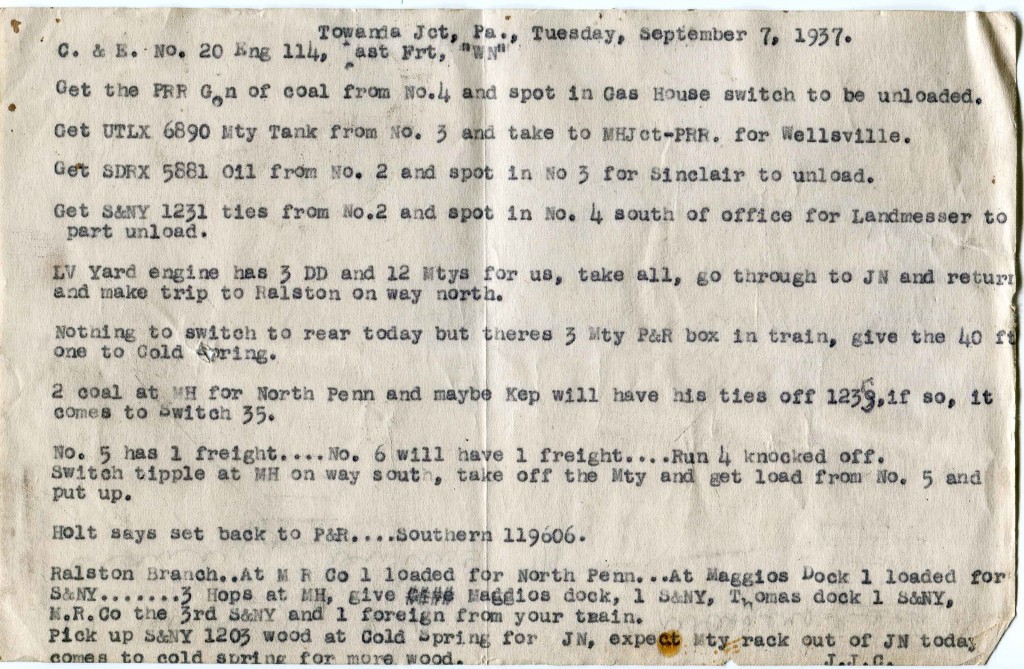
Recent Comments